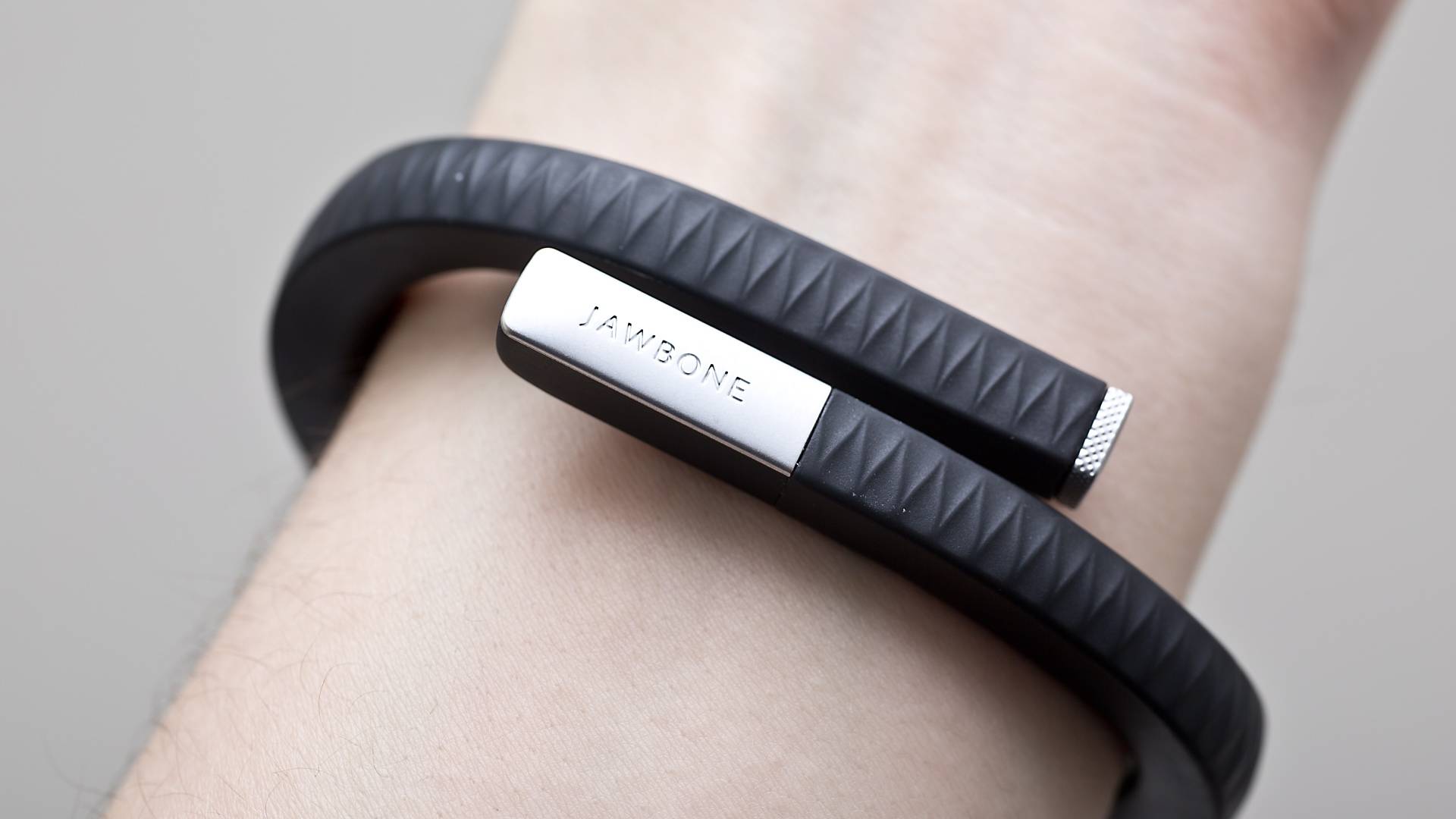Women still face many barriers in their career. It’s been more than half a century since federal law addressed gender discrimination in the workplace, but it still occurs. Whether it’s lack of access to training, an inability to speak up, or pay inequality, it’s all wrong. Sadly, a new study identifies another potential barrier to a woman’s career path – endometriosis.
What is endometriosis?
The Office on Women’s Health (OWH) reports that “endometriosis happens when tissue similar to the lining of the uterus (womb) grows outside the uterus.”
Endo, as its often called, causes varying levels of pain, often chronic pain in the lower back and pelvis. The tissue outside the uterus grows in areas where it can cause even more problems by blocking fallopian tubes and forming scar tissue. There is no cure, but there are some treatment options that can work.
Endo affects about 11% of American women who are ages 15 to 44. Despite the fact that the American Journal of Obstetrics & Gynecology describes endometriosis as “nothing short of a public health emergency,” data suggests that about 60% of endo cases go undiagnosed.
I repeat: 60% of endo cases go undiagnosed.
More than 6 million American women are living with the symptoms of endo without knowing the cause or having the capability to manage their symptoms.
Endometriosis was once considered a career woman’s disease, but a two-year-long study from Finland shows that the disease shapes a woman’s career, not the other way around.
Women with endo take 10 or more sick days than women without endo. They also use more disability days. Other studies support these findings. A 2011 analysis reported that women with endo could lose almost 11 hours of work each week because their endo made it difficult to complete tasks. One US study estimated that women with endo experience more sick days each year, up to 20.
These women often have a lower annual salary and slower salary growth.
How can employers address endometriosis in the workplace?
It’s difficult enough to discuss any type of health problem at work, let alone one that relates to menstruation. Employers have a big problem just dealing with short-term illnesses. It’s hard when a key employee is out for one or two weeks from a surgery. Long-term chronic illnesses, especially those that are invisible, are challenging in the workplace.
Most workplace cultures aren’t designed for people with chronic conditions or disabilities.
It’s going to take a major shift in thinking to deal with endometriosis in the workplace.
Endo isn’t painful period cramps. It’s a serious condition without a cure. Employees who are dealing with endo may be battling intense pain or fatigue. Yes, work needs to get done, but when people are living with a chronic condition, they need accommodations.
Endometriosis may be a woman’s disease, but it does impact the entire economy. One study found that endo had a similar economic burden to that of heart disease or diabetes. Most employers would not think twice about a man who needed extra time to deal with coronary disease, but women often don’t get that consideration, regardless of the condition.
Women with endo aren’t incapable or shirking their duties. They may just need to deal with their pain to stay focused at work. Let’s drop the stigma and help accommodate women who deal with endo.
This story was first published in July 2021.
Dawn Brotherton is a Sr. Staff Writer at The American Genius with an MFA in Creative Writing from the University of Central Oklahoma. She is an experienced business writer with over 10 years of experience in SEO and content creation. Since 2017, she has earned $60K+ in grant writing for a local community center, which assists disadvantaged adults in the area.









































